News Beat
News Beat reporting is an idrw.org initiative to let our Readers to report News Based on Actual facts but some how has not been reported in Main Stream Media .
SOURCE: RAUNAK KUNDE / NEWS BEAT / IDRW.ORG

In a recent interview, Dr. Samir V Kamat, Chairman of the Defence Research and Development Organisation (DRDO), provided key updates on India’s advancements in hypersonic missile technology. Kamat revealed that DRDO’s Hypersonic Glide missile is expected to be ready within the next 3-4 years, encompassing both the completion of its development and its induction into the armed forces.
This significant progress marks a major milestone in India’s defence capabilities, as hypersonic missiles offer unparalleled speed and manoeuvrability, making them a formidable asset on the battlefield. Once operational, the Hypersonic Glide missile will further enhance India’s strategic deterrence and defence posture.
Continue readingSOURCE: RAUNAK KUNDE / NEWS BEAT / IDRW.ORG

Hindustan Aeronautics Limited (HAL) after securing deliveries of eight GE F-414 engines. HAL is planning to procure additional engines directly from General Electric (GE) to ensure that the developmental trials of the Tejas MkII, scheduled to begin in March 2026, remain on track.
While the initial batch of eight F-414 engines is already in HAL’s possession, the company recognizes the importance of having a sufficient stockpile of engines to support the extensive testing and trials that lie ahead. To this end, HAL plans to acquire an additional 12-20 engines directly from GE. These engines will be kept as reserves, ensuring that the Tejas MkII program can proceed without delays, even in the event of engine-related issues during the developmental phase.
Continue readingSOURCE: RAUNAK KUNDE / NEWS BEAT / IDRW.ORG
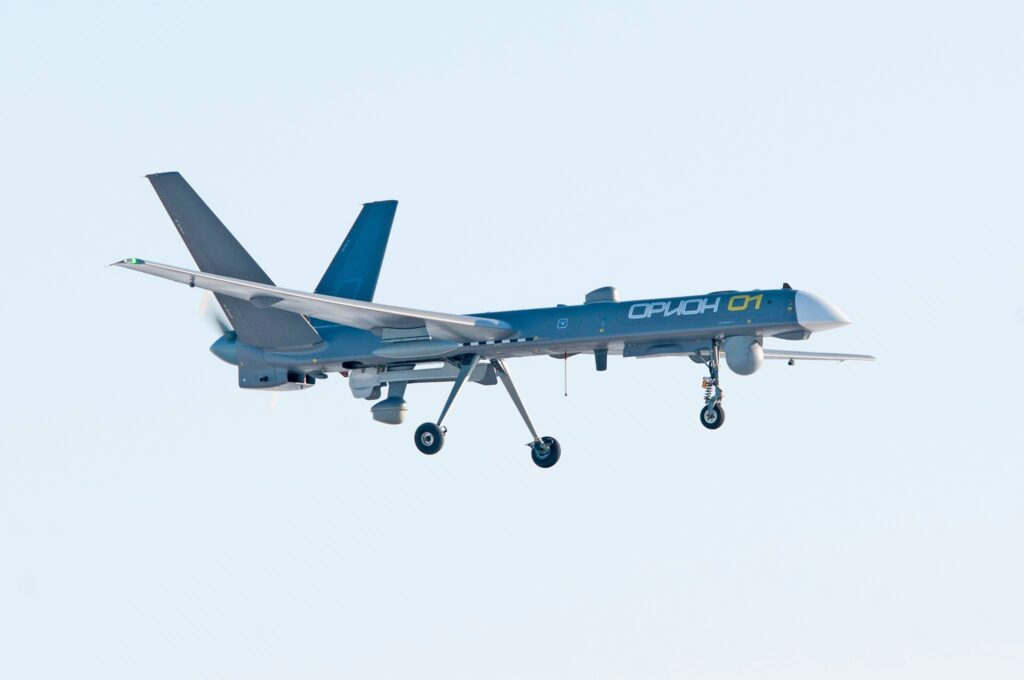
Russia has expressed its intent to participate in India’s ambitious plan to procure 76 Medium-Altitude Long-Endurance (MALE) Unmanned Aerial Vehicles (UAVs) for the tri-services. To this end, the country is offering its advanced Orion-E drone for consideration.
In a strategic move to deepen defence cooperation, Russia is proposing a joint venture with an Indian defence company to manufacture the Orion-E domestically. This partnership aims to achieve a high localization rate of nearly 80%, aligning with India’s ‘Make in India’ initiative.
Continue readingSOURCE: RAUNAK KUNDE / NEWS BEAT / IDRW.ORG
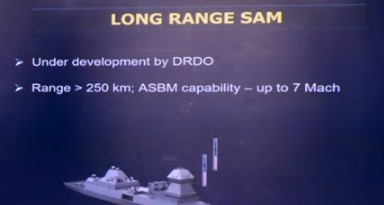
The Indian Navy has recently disclosed new information regarding its upcoming PGLRSAM interceptor missile system, currently under development by the Defence Research and Development Organisation (DRDO). This next-generation missile system is set to significantly enhance the naval air defence capabilities of the Indian Navy’s frontline warships.
The PGLRSAM interceptor missile is projected to have a range exceeding 250 kilometers, more than double the range of the existing MR-SAM (Medium Range Surface-to-Air Missile) interceptor, which is deployed on Indian warships and has a range of 90-100 kilometers. This substantial increase in range will provide the Indian Navy with a broader operational envelope to engage aerial threats at greater distances, thus enhancing the overall defence perimeter of its vessels.
Continue readingSOURCE: RAUNAK KUNDE / NEWS BEAT / IDRW.ORG
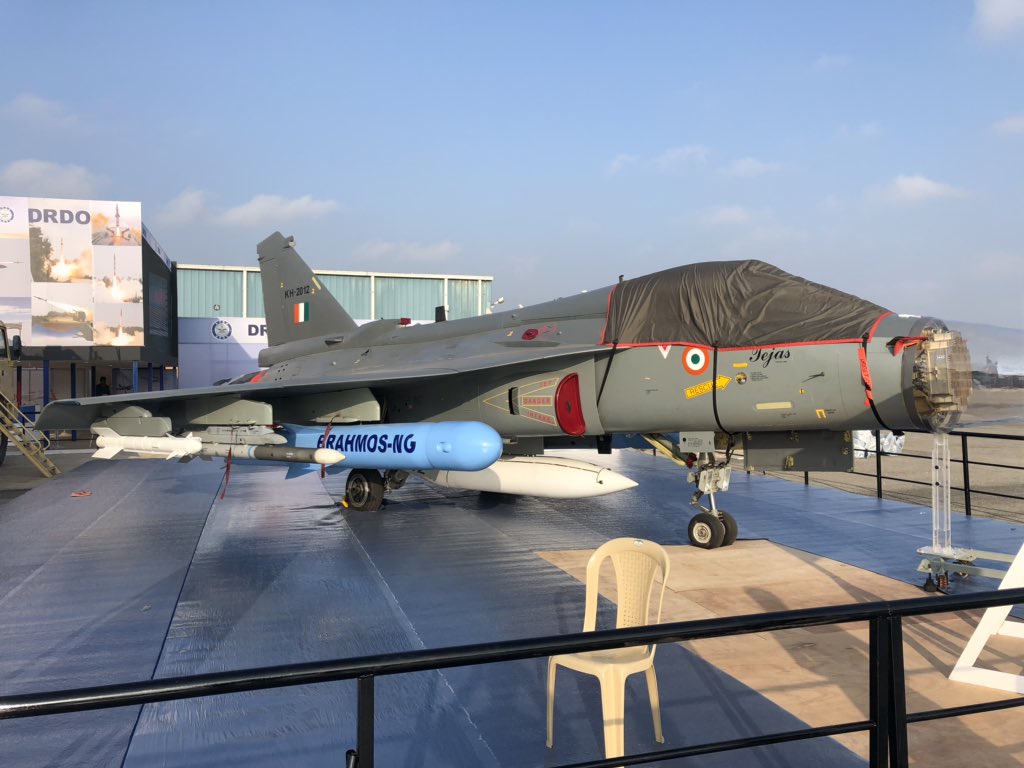
India has submitted a bid for the Philippines’ tender to acquire 40 fighter jets, offering its Light Combat Aircraft (LCA)-Tejas Mk1A. The deal is estimated to be worth between $5.3 billion and $7.1 billion.
The Philippines is seeking “faster and more lethal” multi-role jet fighters to complement its existing fleet of South Korean FA-50s. The government aims to award the tender as soon as possible, provided that their financial requirements are met.
Continue readingSOURCE: RAUNAK KUNDE / NEWS BEAT / IDRW.ORG

India’s Ministry of Aviation is exploring the potential to convert military aircraft designs for use in the civilian aviation sector. This move could boost domestic aircraft production and contribute to the expansion of regional air travel under the UDAN scheme.
Aviation Minister Kinjarapu Ram Mohan Naidu hinted at this initiative, suggesting that a civilian variant of the C-295M transport aircraft might be developed. Notably, Tata-Airbus is set to manufacture the C-295M for the Indian Air Force (IAF) in Gujarat.
Continue readingSOURCE: RAUNAK KUNDE / NEWS BEAT / IDRW.ORG

Tata Advanced Systems (TASL) has confirmed its participation in the Indian Army’s tender for 400 advanced 155mm/52 caliber Towed Gun Systems (TGS). The company is developing a lighter version of its acclaimed Advanced Towed Artillery Gun System (ATAGS), specifically designed to meet the army’s requirement for a gun weighing under 15 tons.
The new Autonomous Light-Towed Artillery Guns (ALTGS) are essentially modified ATAGS systems that incorporate lighter materials such as titanium. This modification has successfully reduced the weight from 18 tons to 15 tons, making it eligible for the army’s tender.
Continue readingSOURCE: RAUNAK KUNDE / NEWS BEAT / IDRW.ORG

India’s nuclear submarine fleet is set to grow significantly in the coming years, with the commissioning of two new ballistic missile submarines (SSBNs). The third SSBN, INS Aridaman or S4, is scheduled to join the navy next year, followed closely by a fourth SSBN codenamed S-4(star).
The S4 class of submarines, to which both Aridaman and S-4(star) belong, are stretched variants of the Arihant class. These submarines boast a submerged displacement of 7000 tons, an increase of 1000 tons compared to their predecessors. This additional displacement provides greater internal volume, allowing for the integration of advanced systems and weaponry.
Continue readingSOURCE: RAUNAK KUNDE / NEWS BEAT / IDRW.ORG
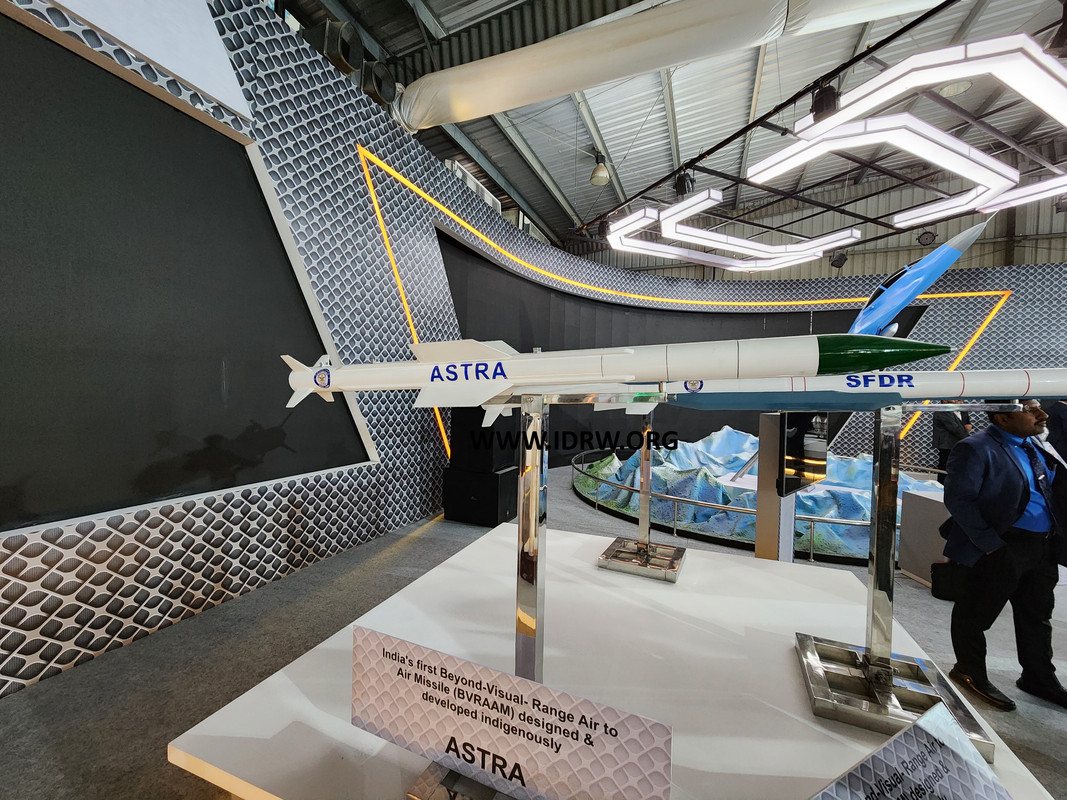
Vinod Kumar, General Manager (NP & OP) at Bharat Dynamics Ltd (BDL), has announced that the Indian Air Force’s (IAF) clearance for the production of the Astra Mk1 missile marks a significant milestone for the company. This clearance is expected to bolster BDL’s efforts to scale up production of the beyond-visual-range (BVR) missile, which is a key component of India’s air defence capabilities.
BDL, as the designated production agency for the Astra Mk1, is already in discussions with the IAF for a larger order of the missile. The IAF is keen to expand the deployment of the Astra Mk1 across its fleet, recognizing the missile’s superior performance in terms of range and Electronic Counter-Countermeasures (ECCM) capabilities compared to the Russian R-77 BVR missile, which has long been a staple of Russian fighter jets globally.
Continue readingSOURCE: RAUNAK KUNDE / NEWS BEAT / IDRW.ORG
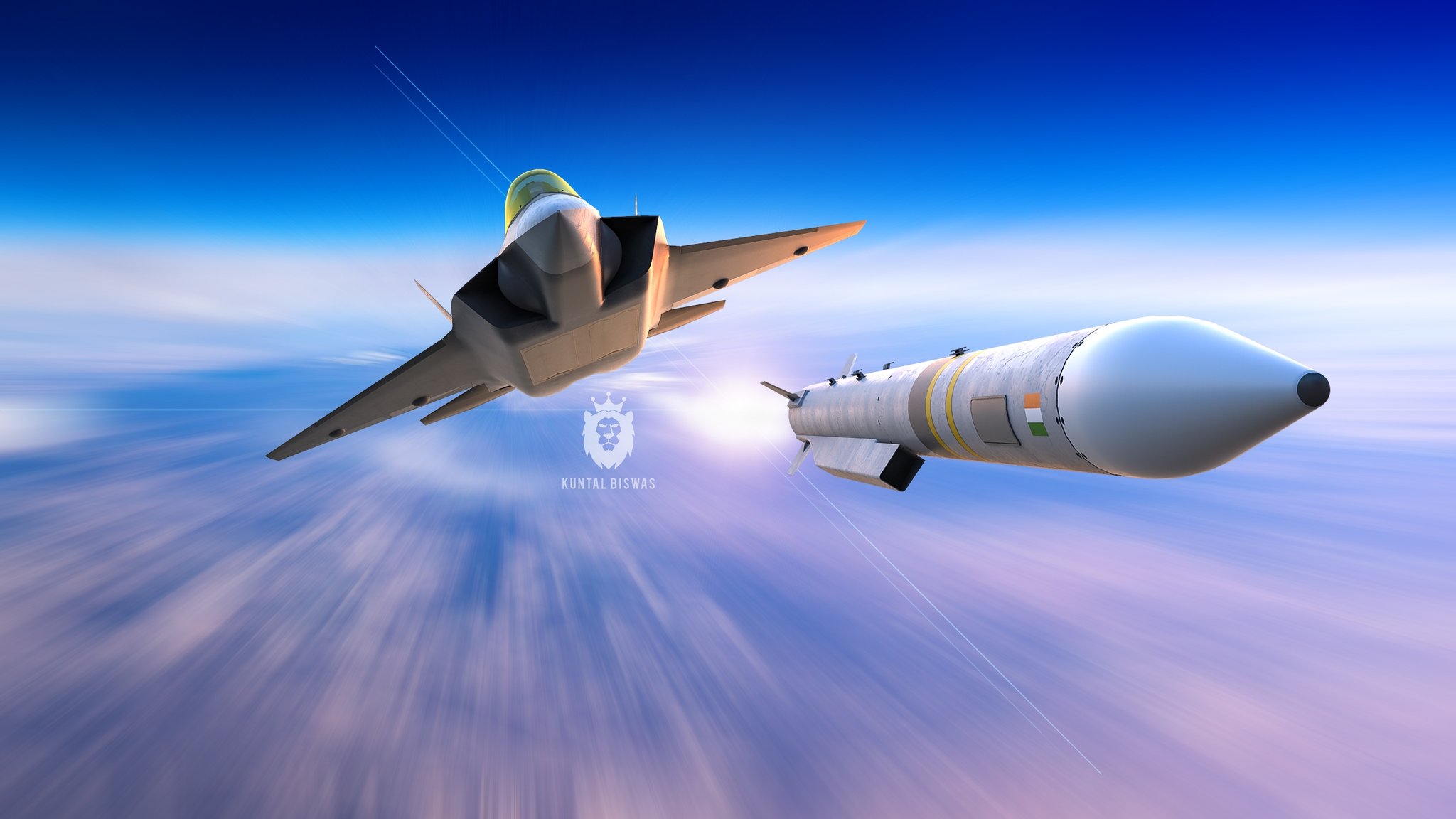
The Indian Ministry of Defence (MoD) has revised its plans for the AMCA fighter jet program, opting for a new model involving two Development cum Production Partners (DcPPs). This revised approach aims to ensure a competitive and efficient development and production process for the advanced 5th-generation fighter jet.
Previously, the MoD had proposed a Special Purpose Vehicle (SPV) model, where the state-owned Hindustan Aeronautics Limited (HAL) would manufacture the initial batch of 40 AMCA Mk1 jets powered by older F414 engines. Subsequently, a private sector majority-owned company would take over the production of the AMCA MkII, with HAL holding a minority stake.
Continue readingSOURCE: RAUNAK KUNDE / NEWS BEAT / IDRW.ORG

The Japan Air Self-Defense Force (JASDF) is set to make a historic visit to India with two Mitsubishi F-2 fighter jets. The F-2s will be participating in the Indian Air Force’s inaugural multilateral exercise, Tarang Shakti.
This is a rare occurrence for the JASDF, as F-2s are not frequently seen at international air exercises. The Mitsubishi F-2 is a multirole fighter derived from the General Dynamics F-16 Fighting Falcon, and it is manufactured by Mitsubishi Heavy Industries and Lockheed Martin specifically for the JASDF.
Continue readingSOURCE: RAUNAK KUNDE / NEWS BEAT / IDRW.ORG
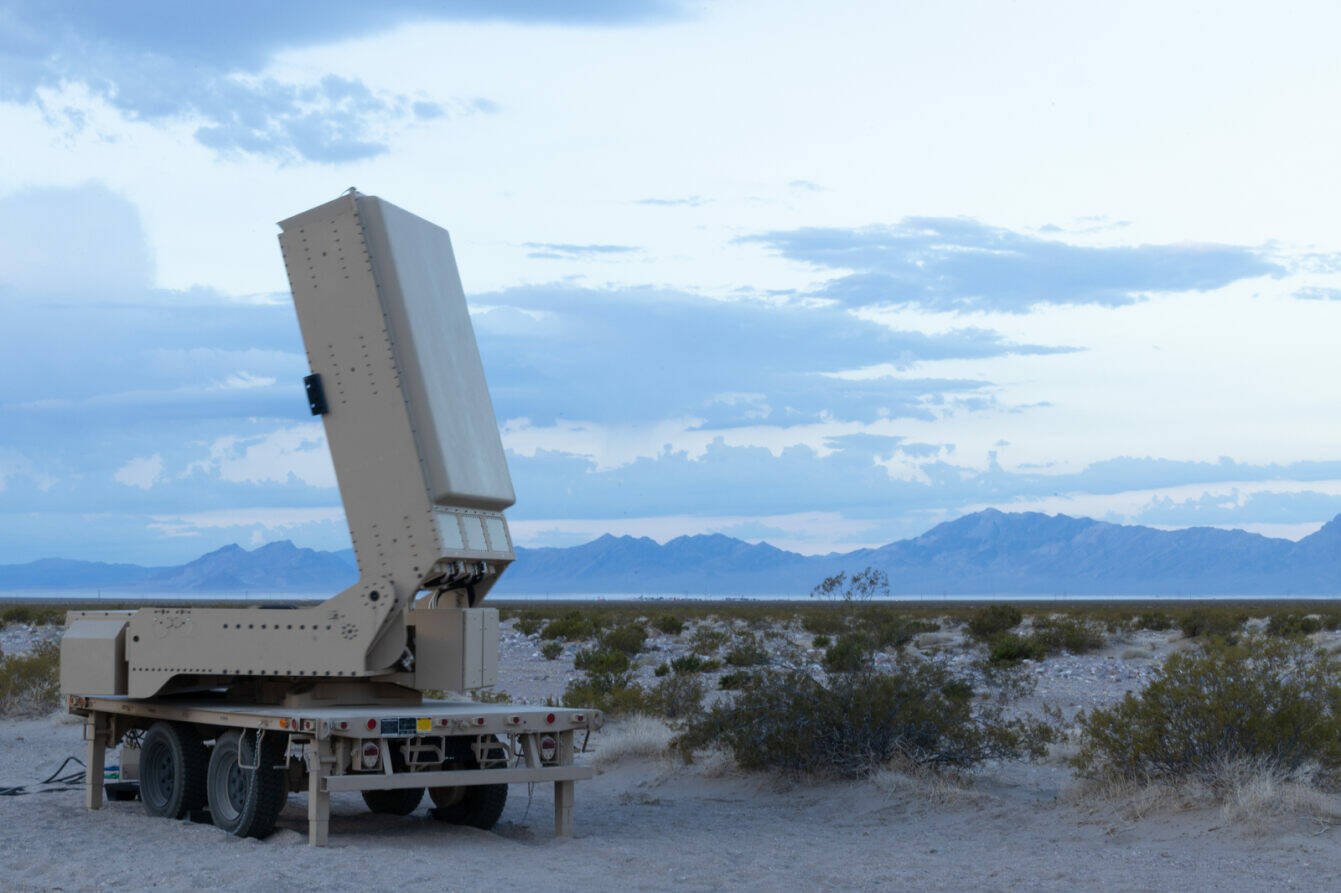
The Ministry of Defence, Government of India, has issued a Request for Information (RFI) for the procurement of the Anti UAS High Power Microwave (Mark II) System (AUHPM Mk II). This advanced system is being sought by the Indian Army to address the evolving threat posed by Unmanned Aerial Systems (UAS), including those operating in swarm configurations.
The AUHPM Mk II system is envisioned to be a comprehensive solution with capabilities in surveillance, detection, tracking, and neutralization of hostile UAS.
Continue readingSOURCE: RAUNAK KUNDE / NEWS BEAT / IDRW.ORG
The Indian Navy has received approval for the construction of an additional S-4 class nuclear ballistic missile submarine (SSBN), according to a report by ANI. This will bring the Navy’s fleet of nuclear ballistic missile submarines to a total of five units.
INS Arihant and INS Arighat, the existing SSBNs, have a submerged displacement of approximately 6,000 tons and are sister ships with the same basic design. However, INS Arighat incorporates significant internal upgrades, making it more advanced than INS Arihant.
Continue readingSOURCE: RAUNAK KUNDE / NEWS BEAT / IDRW.ORG

Germany’s ThyssenKrupp Marine Systems (TKMS) has proposed a state-of-the-art submarine variant to India, the customized T-214, equipped with Next-generation Air Independent Propulsion (AIP) systems. This advanced AIP technology includes a reformer that produces hydrogen on board, eliminating the need for storing hydrogen in large, cumbersome tanks—a significant innovation that enhances both the safety and operational efficiency of the submarine.
The reformer is a critical component of the AIP system, responsible for producing hydrogen through the reformation of liquid hydrocarbons, such as diesel. This process involves a series of chemical reactions that convert these hydrocarbons into hydrogen gas, which is then used in fuel cells to generate electricity.
Continue readingSOURCE: RAUNAK KUNDE / NEWS BEAT / IDRW.ORG

In a proactive move to counter the growing threat of drones on the battlefield, the Indian Army has issued a call for a portable drone detector that can be easily carried by soldiers. The demand for such a device arises from the increasing use of FPV (First Person View) drones by adversaries, which can be difficult to detect and neutralize.
The Army is looking for a compact device capable of detecting drones operating across a wide frequency spectrum, ranging from 600 to 6,000 MHz, and even beyond this range. Additionally, the detector should be able to accurately determine the drone’s trajectory with a low direction angle of 15 to 30 degrees.
Continue reading